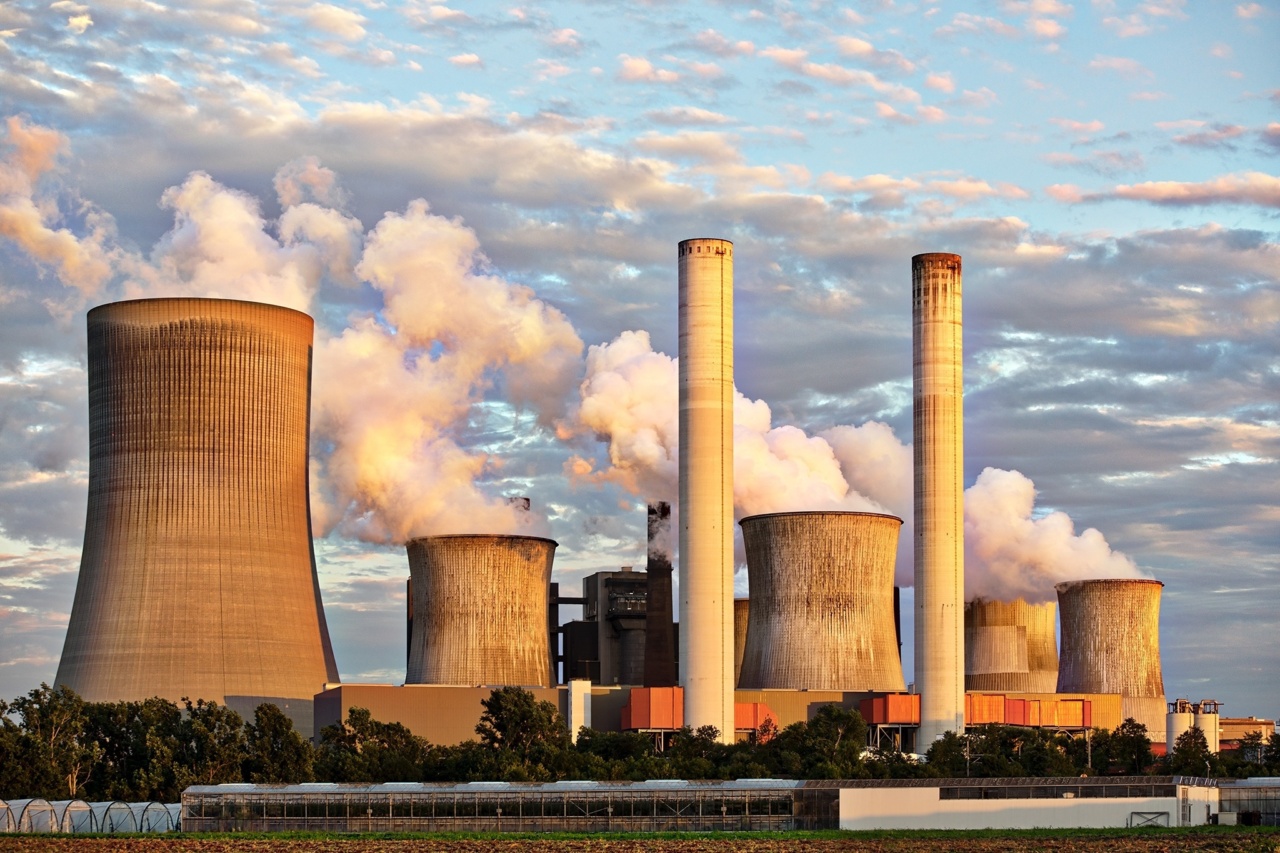Many people assume that if they don’t smoke, they aren’t at risk for lung cancer. However, recent studies have shown that air pollution can also increase the risk of developing cancer, even in non-smokers.
What is Air Pollution?
Air pollution refers to the presence of pollutants in the air we breathe. These pollutants can come from a variety of sources, including cars, factories, power plants, and wildfires.
The most common types of pollutants are particulate matter, nitrogen dioxide, and ozone.
How Does Air Pollution Cause Cancer?
When we breathe in air pollution, the particles can enter our lungs and even our bloodstream. These particles can cause damage to our DNA, which can then lead to the development of cancerous cells.
Furthermore, some pollutants can also stimulate the growth of blood vessels that feed cancer cells, leading to the spread of cancer throughout the body.
What Types of Cancer Are Linked to Air Pollution?
Studies have shown that exposure to air pollution is linked to several types of cancer, including:.
- Lung Cancer
- Bladder Cancer
- Breast Cancer
- Brain Cancer
- Pancreatic Cancer
- Leukemia
Who is at Risk?
Everyone is at risk for the harmful effects of air pollution, but certain populations may be more vulnerable, including:.
- Children
- Elderly individuals
- People with pre-existing respiratory or cardiovascular conditions
- People who live or work near sources of pollution
How Can I Reduce My Risk?
There are several steps you can take to reduce your risk of developing cancer due to air pollution, including:.
- Avoid outdoor activities during times of high pollution
- Limit exposure by staying indoors with windows closed and air conditioning on
- Use air filters to purify indoor air
- Avoid exercising near sources of pollution
- Choose environmentally-friendly transportation options, such as walking, biking, or public transportation
- Advocate for better air quality standards and policies in your community
The Bottom Line
Air pollution is a serious health concern that affects everyone, but it is especially harmful for those with pre-existing conditions and other risk factors.
By taking steps to reduce exposure and advocating for better air quality, we can work towards a healthier future for ourselves and future generations.



























